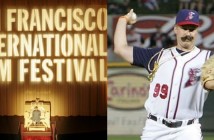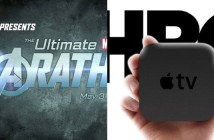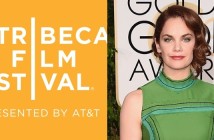Editor’s Note: Projecting features a selection of great film and television focused writing from around the internet.
Christopher Campbell makes the argument for up-and-coming directors to head towards the coming-of-age genre, for Film School Rejects:
They say the easiest way to make your first feature is to do a horror movie. They’re cheap and have an enormous audience, and even if you don’t hit big with it, there’s a chance for either a cult following or even just the benefit of having something under your belt, to show producers when developing your next project. What kind of movie is best to do second? It’s not scientific, but I have a theory that the coming-of-age genre is a good place to go for a follow-up.
Todd VanDerWerff reflects on The Simpsons’ FXX marathon, finding that the show really hasn’t fallen that far from grace, for Vox:
The later episodes have been shown in syndication more often in recent years, which may have created a greater affection for them among the general populace than among Simpsons diehards, or the number could have kept growing just because people found out about the marathon and wanted to get in on the fun.
But after watching an ungodly amount of the marathon, I think there’s maybe a different reason for this: The Simpsons has, for the most part, stayed a pretty good show, and having it on while doing other things is usually a safe bet.
Tom Jacobs covers a new study on the relationship between what we watch and just how much we eat, for Pacific Standard:
It has long been established that television watching is linked to unhealthy eating. A 2011 meta-study, which examined the results of 53 previously published papers, concluded that television can “act as a distraction, resulting in a lack of awareness of actual food consumption, or overlooking food cues that may lead to overconsumption.”
OK, but do certain kinds of programs act as more effective distractions, leading to higher levels of mindless eating? That’s the issue addressed in the new study, conducted by a research team led by Aner Tal of Cornell University.
Stephen Whitty takes a look at the MPAA and their apparent fear of homosexuality, for The Star-Ledger:
Also opening is “Love Is Strange.” There is no nudity. There are no sexual situations. The drug or alcohol material mostly consists of adults having wine with dinner, or cocktails at a bar. There is no violence or gore. There are several scenes of men kissing, and two scenes of a gay couple sleeping together, fully clothed, in bed. It is rated R.




